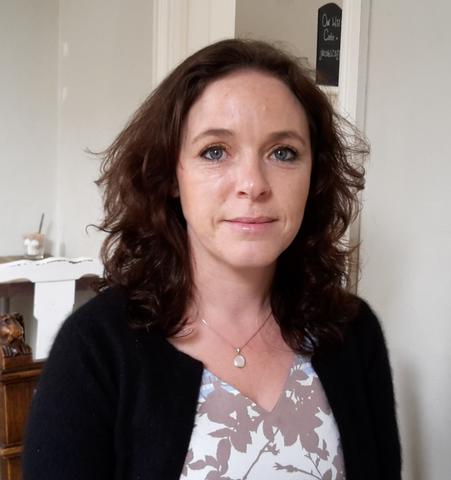
I became a single parent at the age of 18 but managed to juggle motherhood, working and study to complete my A levels, BSc and MSc in Applied Statistics. The MSc was a particular achievement as I was initially told that a mother would not be able to complete it. I have been teaching statistics to students outside the mathematical sciences for ten years and working in statistics support for five. Many students find statistics challenging and I have spent a lot of time working on methods to teach statistics effectively to a range of students. I am also aware that many students are very anxious about maths and statistics and am currently researching maths/stats anxiety in order to help students deal with their anxiety and succeed with the maths and statistics needed for their course. I get a huge amount of job satisfaction helping students. Statistics is often the hardest part of a student’s course and to help students overcome their anxieties, understand and even enjoy it is a great feeling. I’m an active member of the sigma network for excellence in maths and statistics support which is a group of very enthusiastic teachers like myself! I attend and speak at regular events, collaborate with those in other institutions and am the co-coordinator for the statistics support special interest group. I have written or reviewed a large number of self-help resources for use in statistics support which appear on the national website statstutor and produced material to train and support new statistics tutors nationally. In recognition of my contribution to statistics support, I was awarded the sigma Outstanding contributor in the field of maths and statistics support in 2015. I also received an Innovation in academic skills development award at the University of Sheffield for the scenario based tutor training. I hope to continue in this field as it’s an extremely rewarding area to work in. I would recommend studying statistics in higher education to anyone. The possible careers for someone with a statistics qualification cover a wide range. Almost all disciplines use quantitative methods along with most sectors in the workplace so there’s never a shortage of interesting work.
